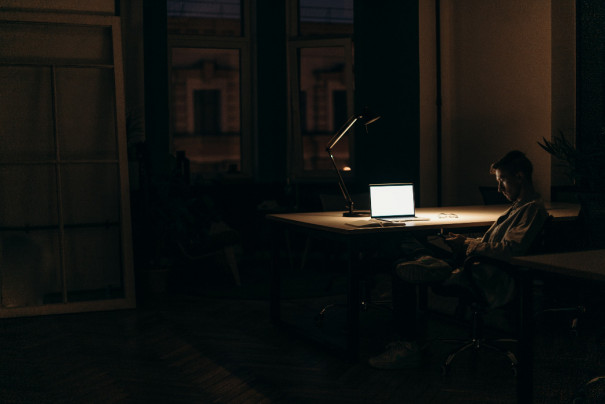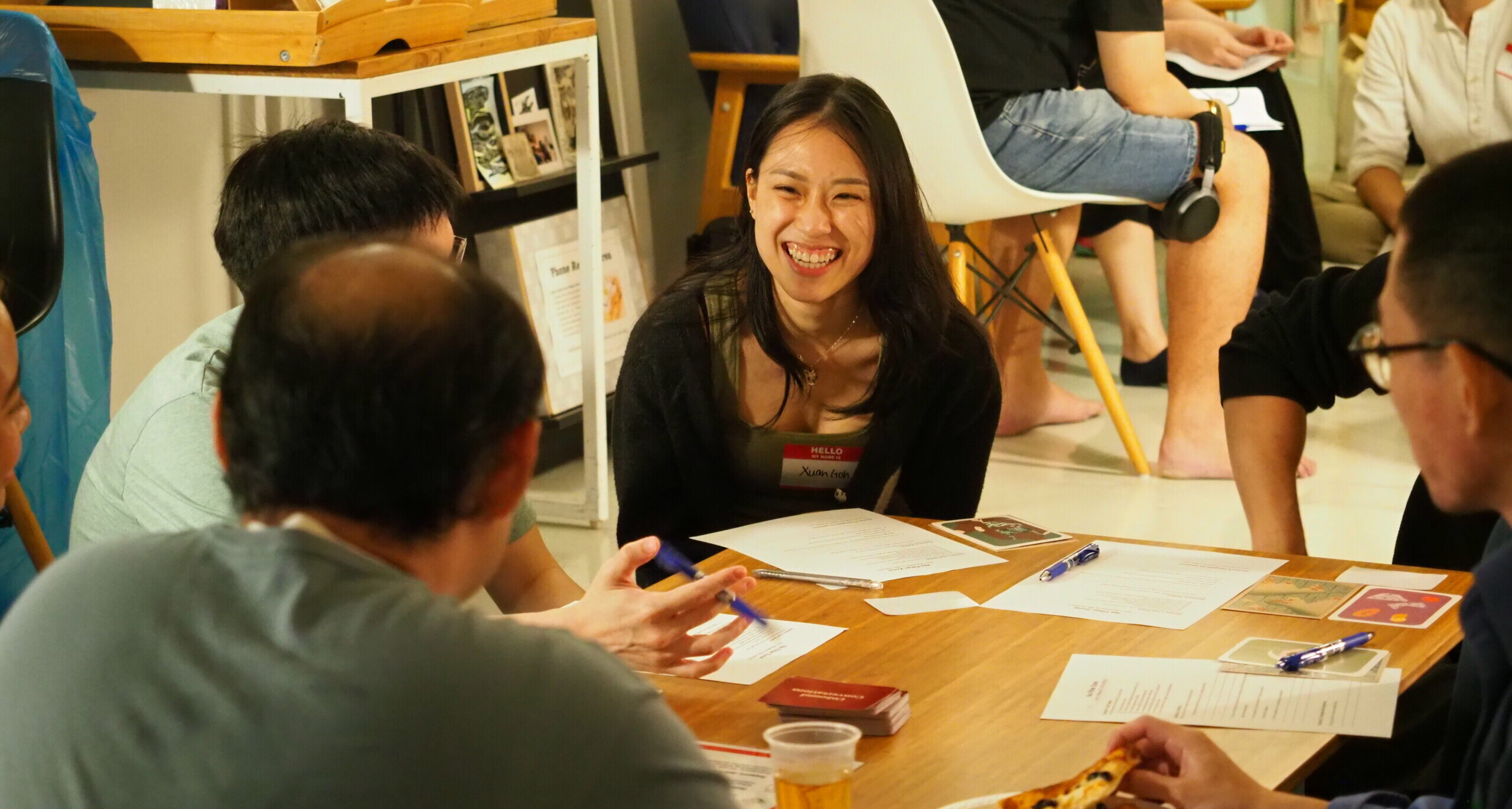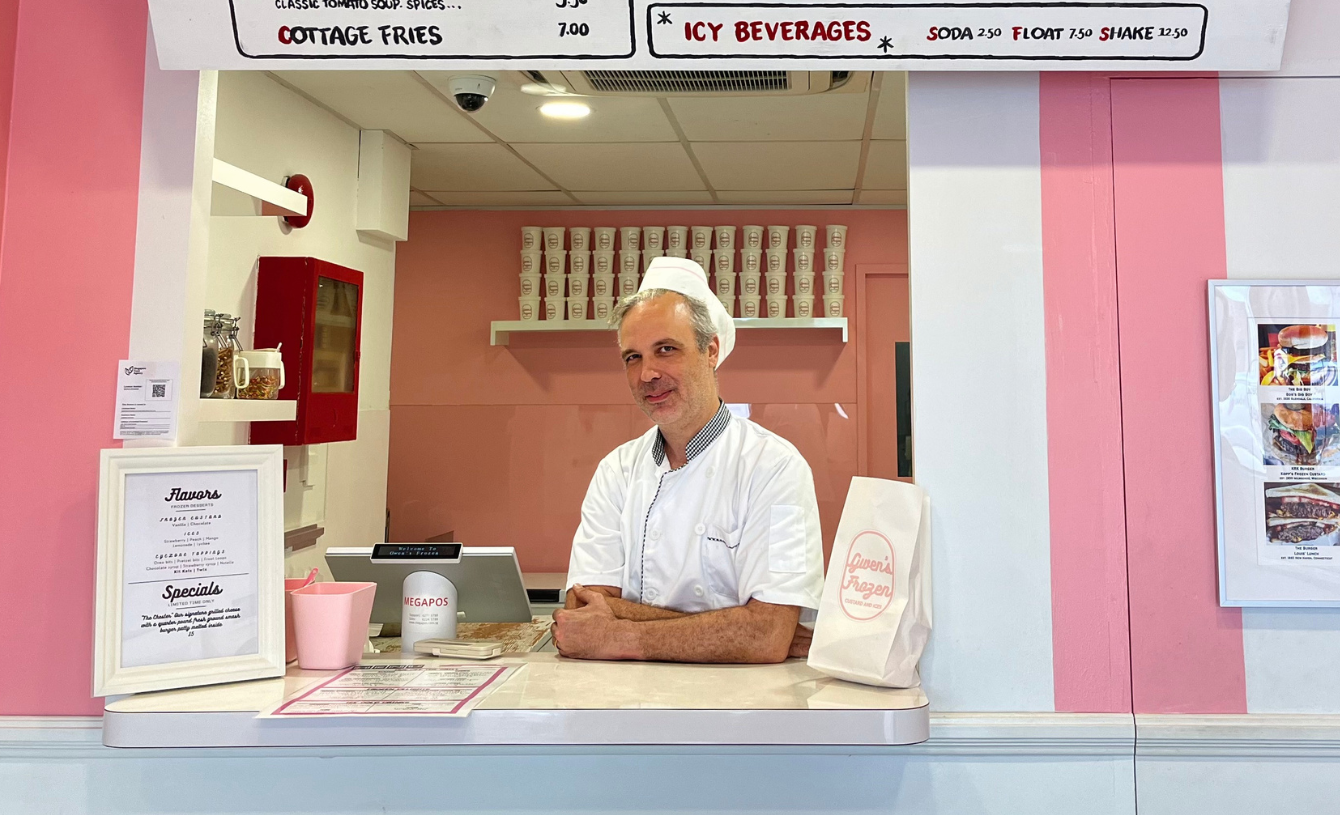“I QUIT.”
No, my resignation didn’t happen in caps-locked text message or in a rage.
It was more like a slow-burning desire that started after my tenth year in a non-profit doing everything from graphic design to video editing to social media marketing.
That desire became even more evident when Covid-19 came to our shores, and the circuit breaker happened.
As my work revolved mainly around me sitting in front of the computer and staring at digital screens, staying indoors and having Zoom sessions every day felt even more dreadful without the face-to-face interaction and jokes my colleagues occasionally shoot at each other in the office.
Day after day of the same tedium left me facing digital exhaustion and work burnout.
And I wasn’t alone.
49% of Singaporeans want to leave their jobs
According to Microsoft’s first annual Work Trend Index, over 49% of the Singapore workforce is considering leaving their employer in 2021. This is higher than the global average of 41% and Asia’s at 47%. The study, which had a respondent pool of more than 30,000 people across 31 countries, including Singapore, also based its analyses on Microsoft 365 and LinkedIn data.
The study also found that the workforce is also getting tired despite the potential high productivity garnered from hybrid workspaces, with 58% of workers feeling overworked and 49% feeling exhausted.
Additionally, approximately 7 in 10 Gen Z workers, those between the ages of 18 to 25, say that they are merely surviving or flat-out struggling with work.

It’s been more than a year since we went from the circuit breaker to a hybrid office arrangement and now, with the Phase Two (Heightened Alert), back to a work-from-home arrangement.
And through it all, we never stopped working.
Last year, the National University Health System’s Mind Science Centre found that 61 per cent of those working from home reported feeling stressed.
Without the boundaries of an office, we’re unconsciously punching in more hours as email, WhatsApp and Zoom form the background and foreground of our lives.
And when we do want to take a break or manage our expectations on workload limitations and job identity, imposter syndrome takes over and we start doubting ourselves.
When does it end?
To quit or not to quit

During those times, I found myself struggling between the restlessness of being in a job for too long and having the safety of familiarity.
On top of that, worries of instability in the job market loomed over me.
On the one hand, I had lovely colleagues and an excellent work-life balance. On the other, I did not feel fulfilled in my job any more as career progression was slow.
So between the fear of the unknown and the fear of stagnation, I chose to leap into the unknown. After 11 years, I left my job to enter an entirely different industry. And so far, the change has been positive.
However, choosing to quit is not for everyone. For some people, they can keep moving jobs and never grow. Others can choose to stay in their same job and experience personal growth in leaps and bounds.
Going through the process of deciding whether to resign from a job is not an easy one. And the criteria and tipping point will be different for different people. But I believe it’s always essential to have a backup plan such as an emergency fund before making a life-changing decision, lest the new job doesn’t work out.
That being said, resigning from a job may not always be the answer to what you are feeling right now.
Burnout culture has to do with the workplace

Burnout is an occupational hazard. According to the World Health Organisation, it is a syndrome that arises from “chronic workplace stress that has not been successfully managed”.
Often, burnout has to do with workplaces, not the people who work in them.
With every yearly appraisal, employees can take steps to improve their personal growth path, but this doesn’t change the environment they’re working in. Poor management, lack of career development, unrealistic demands, and a lack of recognition or reward, are just some woes faced by employees in Singapore.
In a recent survey, Hong Kong, Singapore and Bangkok emerged as the top three cities with the most overworked populations in the world, with 1 in 4 Singaporeans saying that they are working too much.
Ultimately, it starts from the top.
In a March mental health survey, conducted by human resource software firm Employment Hero, only 41 per cent of Singapore employees agreed that their companies support their employees’ mental health. This is the lowest among the five countries surveyed, which includes Australia, Malaysia, New Zealand and the United Kingdom.
Other stories you might like






Furthermore, half of Singapore business owners that participated in the survey believed that workplaces should not bear the burden of their employees’ mental health problems.
But is this the way forward? Personally, I don’t think so.
As someone who has made the switch after feeling stuck in a stagnant job, nobody should have to suffer alone.
As society starts to place more importance on mental health ever since the pandemic started, employers should also watch out for signs of burnout and work stress.
The onus is on bosses and colleagues to check up on one another and provide support and viable solutions, otherwise, they may just see more employees leave.
If you like what you read, follow us on Twitter and Google News to get the latest updates.


